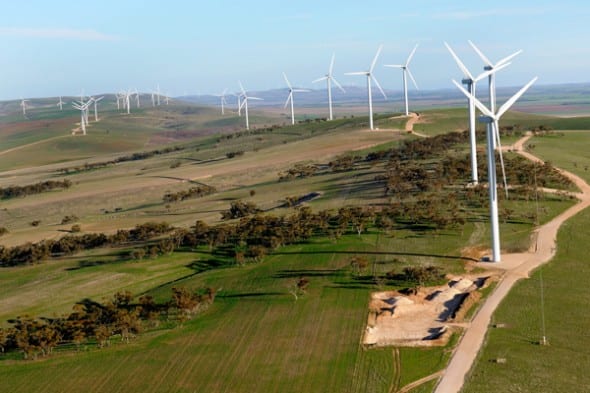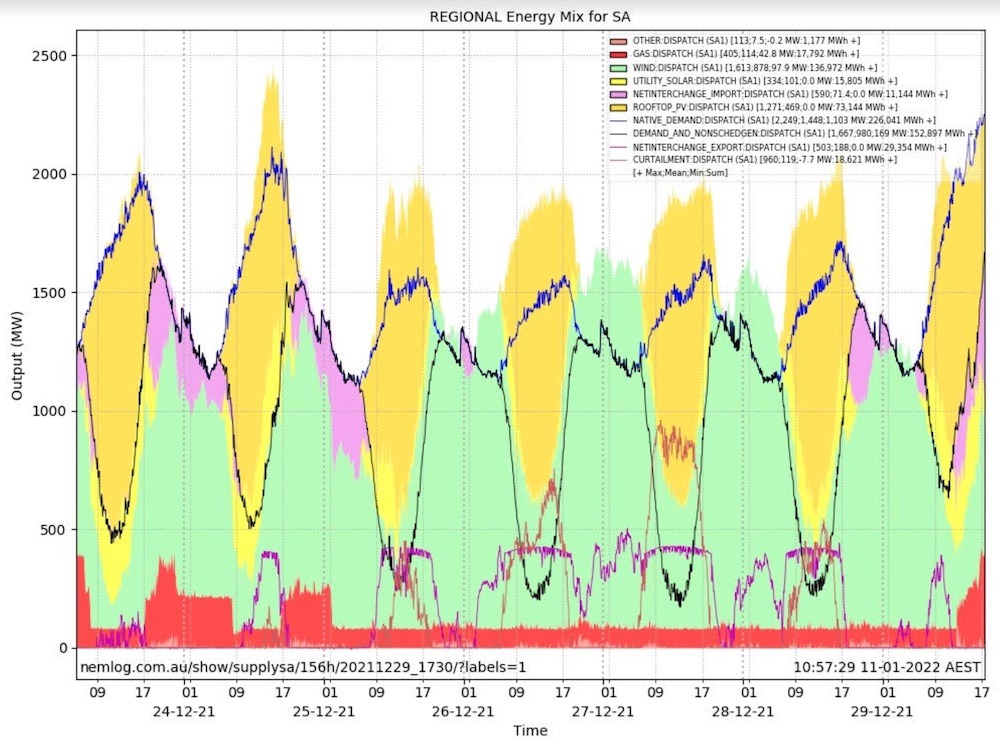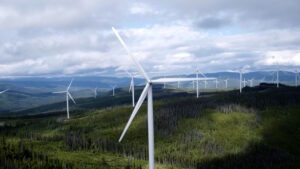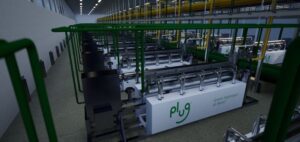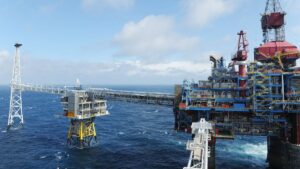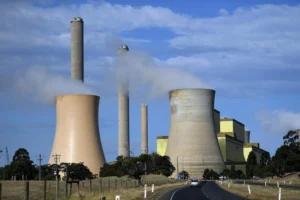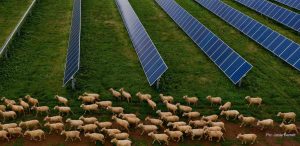South Australia set an impressive new renewable energy record in the final days of 2021, with the state’s solar and wind farms and rooftop solar systems supplying an average of just over 100% of local demand every day for a period of almost one week.
The unprecedented uninterrupted stretch of 100%-plus renewable energy output in South Australia was documented by data analyst Geoff Eldridge at NEMlog. Eldridge confirms that the state’s renewables share averaged slightly over 100% of demand (101%) for a period of 156 hours, or 6.5 days, ending on Wednesday December 29.
According to the charts supplied by NEMlog (see above), the share of wind over those six-and-a-half days averaged at 64.4%, while rooftop PV averaged 29.5%, and the share of utility-scale solar averaged 6.2%.
The average renewables share would have been higher, but for curtailment of semi-scheduled generation, which Eldridge notes averaged at 8.2% over the period (4.8% wind + 3.4% utility solar) see below curtailment chart.
 The contribution from gas over the period was minimal, averaging 114MW, ranging from 43MW to 405MW, for the period. (See graph below.)
The contribution from gas over the period was minimal, averaging 114MW, ranging from 43MW to 405MW, for the period. (See graph below.)
It is not uncommon for renewables to supply a more than 100% share of South Australia’s demand, these days – although this is the first time it has happened for so many days in a row.
In the same month last year, wind and solar set a record share of local demand – reaching a peak of 142.3 per cent on the morning of Sunday, December 19.
That record – documented again by Eldridge – beat the previous record of 137.3 per cent and came amid reduced gas generation and increased exports to Victoria, as well as the introduction of new grid protocols in the state.
The Australian Energy Market Operator has significantly reduced the need for gas generators to operate in the background at times of high wind and/or solar output in South Australia, thanks to the commissioning of four synchronous condensers that can provide much of the system strength originally sourced from gas.
That means that the “directions” and “interventions” issued by AEMO can be vastly reduced, and the amount of wind and solar allowed to export to the grid to be significantly increased at certain times.

